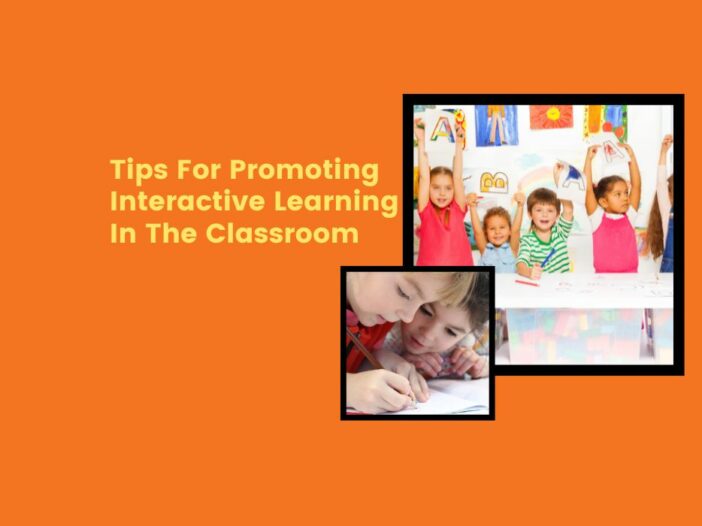
Everybody has different strengths and weaknesses when they’re learning a subject in school or college. While the learning experience can vary in many ways, everybody must be on the same page.
Part of the way teachers can achieve this is through interactive learning. Whether you’re a teacher of today or tomorrow, the field constantly evolves to engage learners in deeper and more profound ways.
To likely nobody’s surprise, technology has often been cited as the most promising way of making learning more interactive and enticing. It’s true to an extent, but there are other things to consider as well.
So, how can you best promote interactive learning in your classroom as a teacher? Read on for some suggestions.
Utilizing Speech Recognition Tech
It was no coincidence that we mentioned technology in the introduction. There are various applications to mention, but we’ll focus on speech recognition tech as a great example of how these features boost interactive learning.
There are speech recognition solutions for educators that perform many functions. Chief among them is a voice-enabled education game, with younger students receiving real-time feedback on pronouncing phrases or individual words. It can also inform them on how to progress further.
Additionally, speech recognition tech can level the playing field for kids of all dialects and accents. Teachers using the tech also gain access to insightful data sets, which can help them assess students in more detail under stronger time-saving measures. So, it gives all parties on both sides of the learning experience more to work with, encouraging interactivity with the tech itself and also each other.
Give Students More Control
Interactivity is a two-way street. Nobody enjoys suffering monologues from a teacher hour after hour, and that intrinsic understanding can inform everything else.
Aim to give students more control over their learning journey. You could encourage them to form study groups, undertake their own field trips out of the classroom (in their own time), or choose their own projects in select circumstances.
Another useful idea might be to employ peer-to-peer teaching. That way, your students can relay topics to each other and teach them in their own way to better cement their understanding and establish a support system in the classroom. You’d need to monitor how they do this, but it could be an enlightening approach to learning for all.
Diversifying Learning Approaches
Technology can keep evolving and updating, and no interactive learning model is complete these days. However, the need for diversification is essential when embarking on these teaching strategies.
Interactive learning depends on student interest. If the same tips and tricks are used time and again, no matter what they are, there’s a good chance things will get stale. To counter this, you could:
- Invite relevant and interesting guest speakers to say a few words in class.
- Recommend online courses independent of your class for outside learning.
- Create quizzes or use VR to add game-like elements to your class.
- Mastermind practical projects where students need to draw on other creative talents.
They say online learning is the future, though there can be mixed results with those pursuits too. That’s not to say it’s not worth exploring – it only highlights a need to diversify and keep an open mind with learning strategies.
